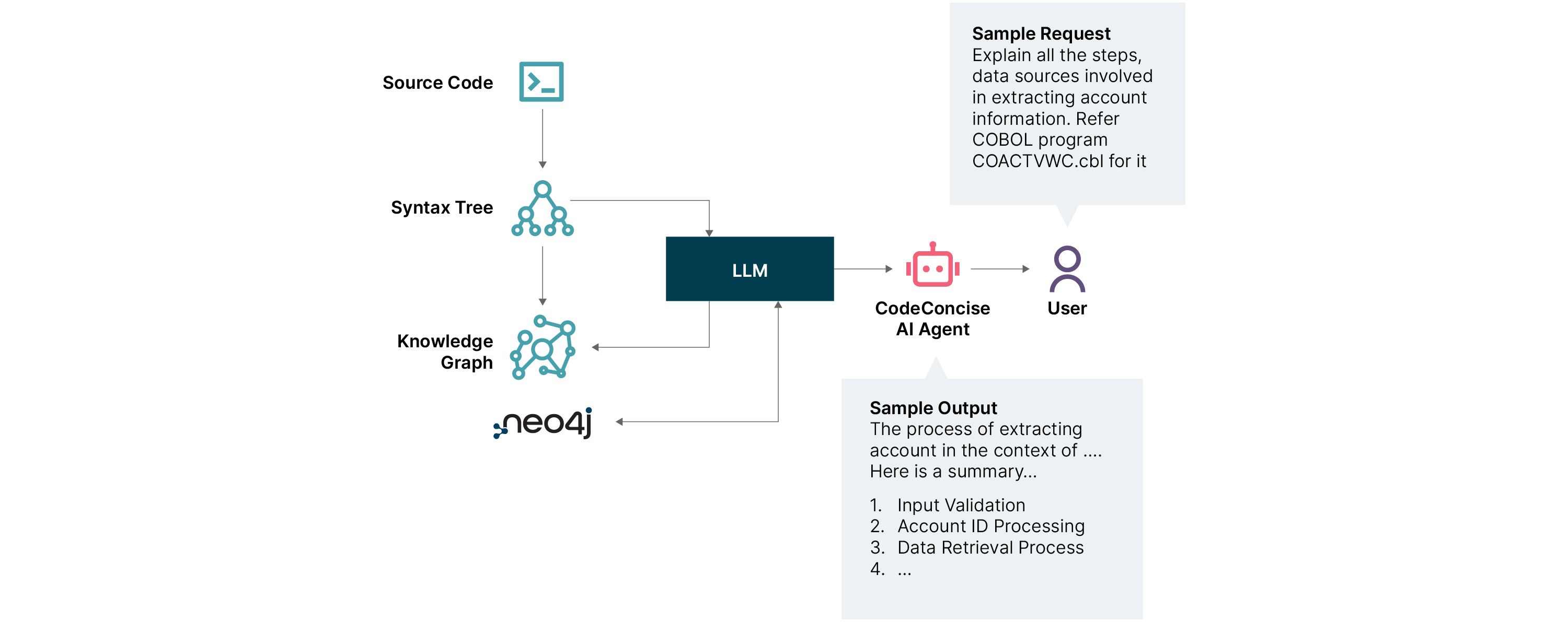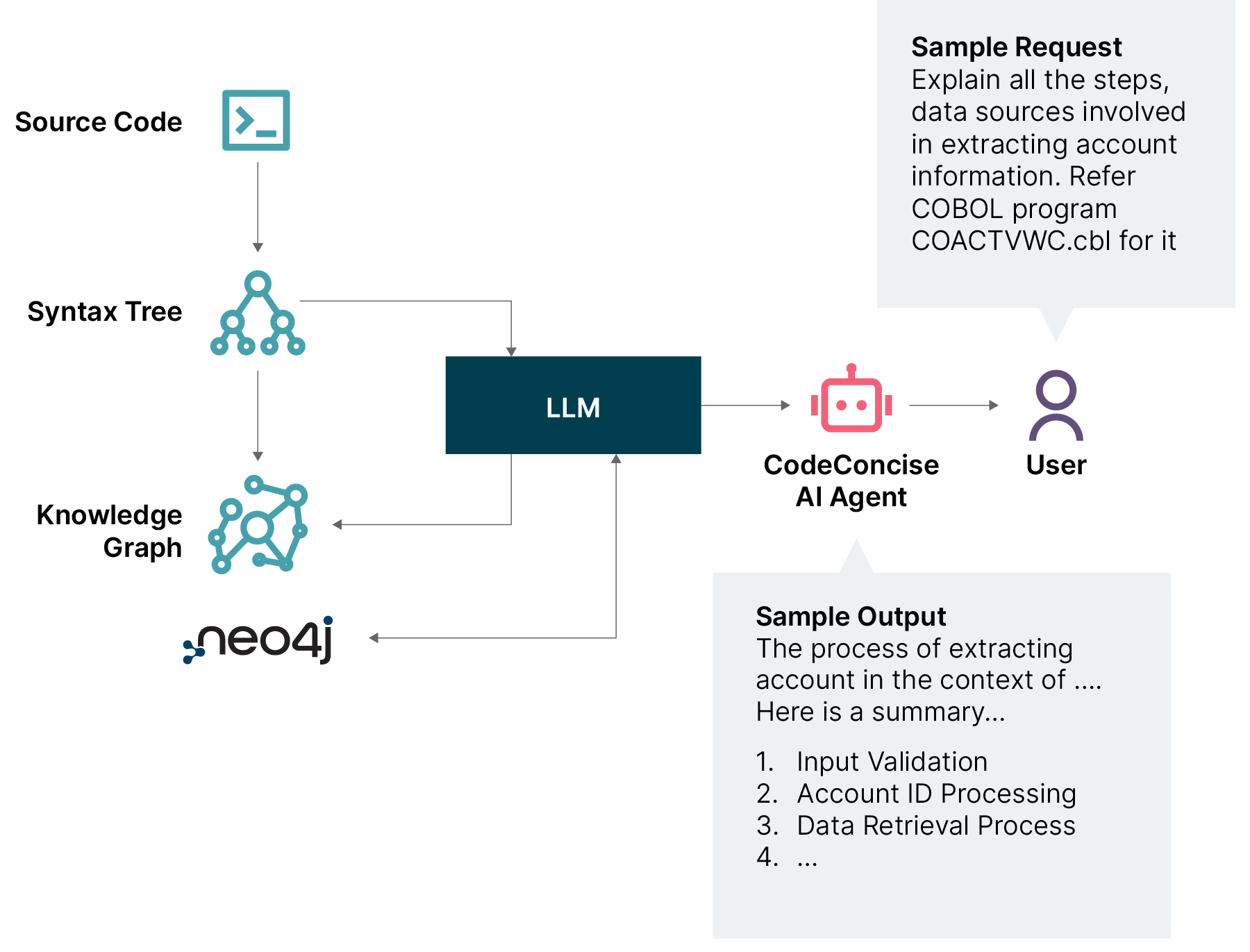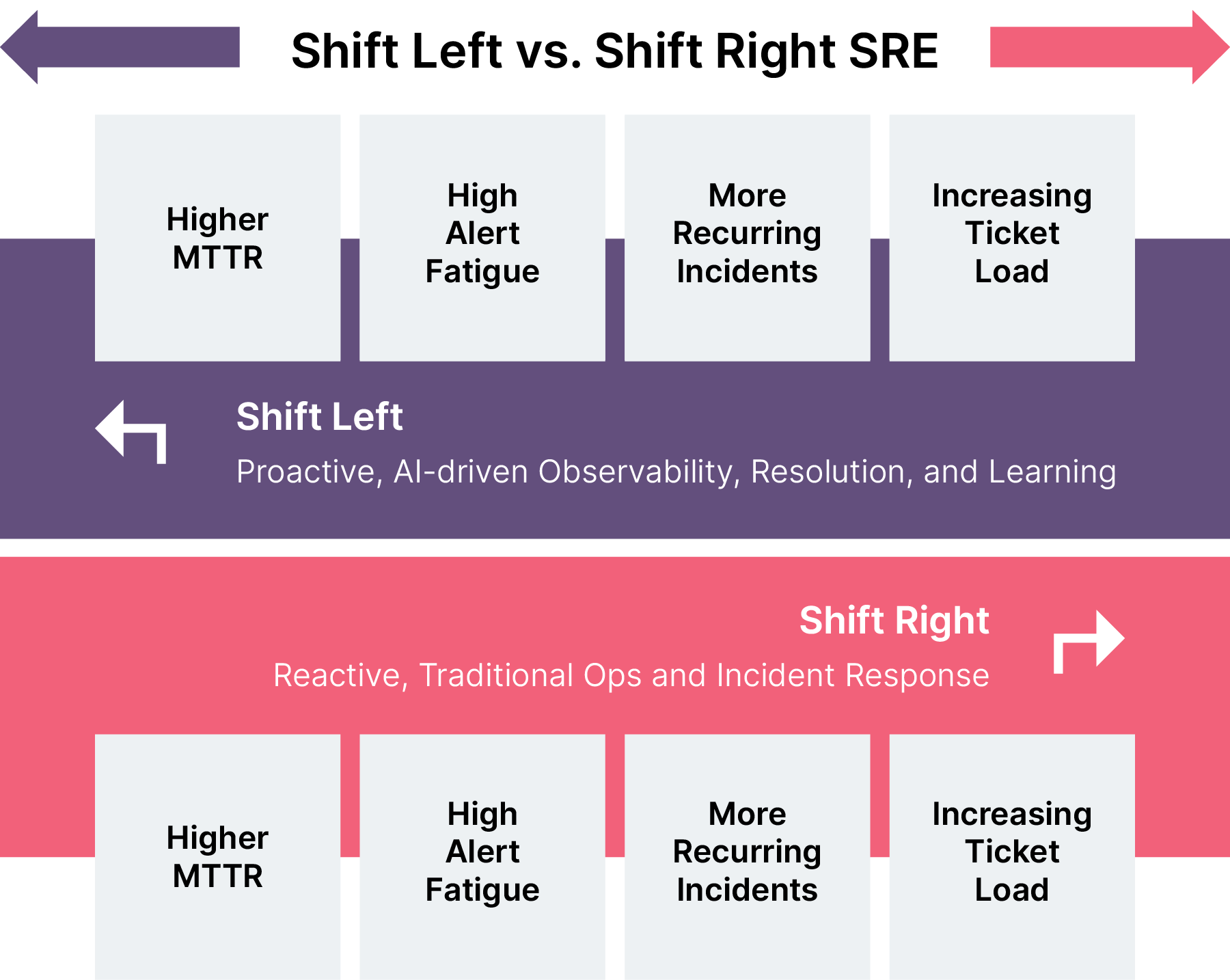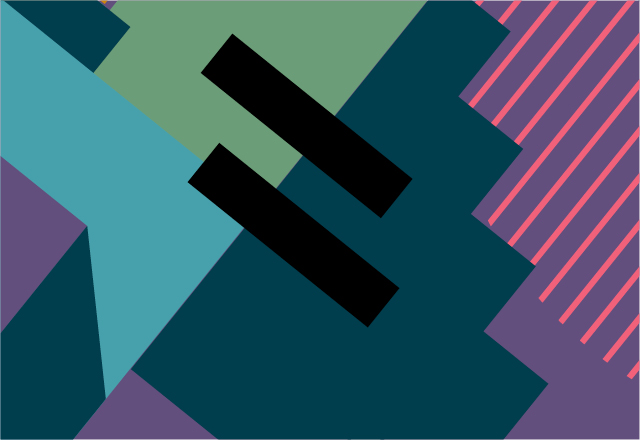For many companies, modernization programs led by the enterprise architecture (EA) department focus on architecture upgrades, cloud migration and transforming ways of working. Major changes are essential, but a reckless approach can lead to business disruptions.
That’s where Thoughtworks comes in. With decades of experience driving modernization across industries, we help organizations evolve confidently by combining modern architecture with continuous delivery practices and a deep focus on business continuity. Our proven frameworks and lean, collaborative approach ensure modernization is not just possible — but sustainable and low-disruption.
And as we modernize technology, we bring an operational lens, leveraging AI-driven operations (AIOps) to ensure systems are not only modern but also observable, resilient and ready to run at scale.
As systems become more distributed and new skillsets and tooling are introduced, management complexity increases. While most modernization initiatives aim to address technical debt, the operational handover between the EA and operations teams often introduces gaps that, if not carefully managed, can pose significant risks to business continuity.
To mitigate these risks and ensure modernization delivers sustainable value, organizations must look beyond tech upgrades, integrate EA and operations, and find ways to enable AIOps to manage complexity and eliminate inefficiencies.
As we advocate for a holistic, incremental approach to modernization, integrating operational changes early in the journey is essential. Doing so brings observability, resilience and adaptability into the system from the start — enabling it to evolve safely and sustainably over time. This allows organizations to integrate their tech modernization and operations so the technology that underpins business operations is ready for the AI era.
This is the approach we take with Thoughtworks’ DAMO™ Managed Services, applying AIOps as the backbone of IT modernization from the start rather than bolting it on afterward. This helps our clients overcome the common challenges associated with a transformative modernization, especially if they’re not in a position to take one on, while bridging the gap left by traditional managed services providers that lack the AI capabilities to support modern systems.
Embedding AI-driven IT operations in the modernization journey
Integrating AI at every stage helps organizations minimize the time, effort and risk of modernization. Modernization involves new architectures, but applying an operational lens powered by AI ensures these changes are observable, sustainable and manageable.
Pre-modernization: A lean AI-powered assessment that balances architectural and operational aspects to build domain knowledge, review system architecture, analyze operational baselines, assess the toolchain, identify workload patterns, understand the codebase and detect technical debt, giving organizations the insights to make architectural/ops decisions and take a structured approach to modernization.
During modernization: AI provides anomaly detection (e.g., unexpected performance regressions after API latency spikes during service refactoring), proactive monitoring and automated rollback mechanisms (e.g., reverting a refactored service to its previous version or undoing IaC changes) to maintain stable system performance and reduce business disruption caused by architectural changes.
Post-modernization: AIOps drives continuous optimization to distill system knowledge, improve performance, reduce toil and ensure long-term resilience and efficiency.
This approach enables organizations to gain both the architectural and operational benefits they want from modernization while creating and optimizing future-ready systems. The result is modernization that delivers real business impact, with AI-driven operations lowering costs, supporting business continuity and boosting agility.
Creating a roadmap for AI-driven operations in support of modernization
The first step to embedding AI in operations is to assess the organization’s AI readiness. Many organizations rush into AI adoption without considering critical factors such as their current tech stack and data landscape or the skills gaps that must be filled.
After you’ve established a baseline of AI readiness, the next step is to identify and prioritize pilot AI use cases that will have a tangible short-term impact on modernization efforts and deliver sustained value in ongoing operations.
Use case 1: Accelerate legacy understanding and modernization kickoff
One of the most common use cases driving short-term impact in modernization programs is leveraging large language models (LLMs) to extract knowledge from legacy code. In a mainframe modernization initiative, we deployed a GenAI-powered accelerator, CodeConcise, to assist with code understanding and business logic extraction.


The legacy system comprised over 15 million lines of code, and manual reverse engineering was projected to take six weeks per 10,000-line module — a significant bottleneck that risked delaying the program by three financial quarters. By automating the generation of reverse engineering reports, providing interactive Q&A capabilities and visualizing data flows across the codebase, CodeConcise reduced analysis time by two-thirds.
The solution has the potential to save an estimated 60,000 human-days of effort, freeing up SMEs to support parallel streams or focus on forward engineering. This use case not only accelerated the modernization effort, but also served as a clear demonstration of AI’s business value — creating a foundation for a broader business case to invest in AI technologies.
Pilots are opportunities to learn, providing valuable lessons for scaling AI capabilities to more cohorts of users and multiple business functions. The scaling step of the AI-driven modernization roadmap is also an opportunity to demonstrate widespread value, helping build trust and adoption.
At this stage, scaling AI for operations involves embedding it across key steps of the IT operations value stream — from observability and incident detection to ticket classification and resolution. This drives efficiency and creates space for teams to focus on higher-value modernization efforts.
Use case 2: Scale intelligent operations in parallel
In one case, we partnered with a global beauty retailer to transform its B2B customer support, which was struggling with slow response times, inconsistent service and rising operational costs due to manual, labor-intensive processes. We implemented IntelliOps, an AI-powered support agent that automated inquiry handling, optimized ticket routing and ensured compliance with data privacy policies.
During the initial rollout, IntelliOps successfully handled 79 percent of tickets, reducing L1 support effort by 72 percent and cutting average resolution time from 18.9 minutes to just 2.3 minutes. This translated into a manual effort reduction of 123 person-days — capacity that could now be redirected toward modernization workstreams.
By integrating AI into core support functions, the retailer not only improved service levels but also demonstrated how AI can scale across operations to deliver measurable business impact.
The final step on the roadmap isn’t really a single step at all — it’s an ongoing journey of continuous optimization and improvement, driven by AI insights and automation.
Once early and mid-term AI use cases have demonstrated tangible business value, organizations are well-positioned to adopt more advanced capabilities focused on autonomous operations, proactive incident management and system-wide predictability.
Use case 3: Evolve toward autonomous operations
In one engagement, we proposed an AI-driven Site Reliability Engineering (SRE) solution in collaboration with key ecosystem partners — including Chronosphere for observability, Rootly for incident orchestration and Google Vertex AI for machine learning and predictive insights. The goal was to enable a “shift left” SRE approach by deploying self-driving IT operations capabilities.


This solution integrates real-time telemetry with AI models to predict incidents before they occur, automatically trigger playbooks for resolution and continuously optimize resource allocation. The outcome: fewer escalations, reduced mean time to resolution (MTTR) and a significant drop in operational noise — enabling IT teams to focus on strategic improvements rather than reactive firefighting.
By moving beyond task automation to intelligent decision-making and autonomous execution, this represents the next frontier in AI-driven modernization.
Support your modernization journey with DAMO™ Managed Services
With DAMO™, Thoughtworks is pioneering an entirely new way of approaching managed services, embedding AI-driven operations within the modernization journey.
By integrating AI-driven IT operations from day one, we put the focus on proactive enhancements aligned with your modernization goals, rather than reactive ticket resolution that just keeps the lights on. This approach helps you:
Reduce technical debt by making better-informed architecture and migration decisions to ensure systems are future-ready
Lower IT operational costs with faster MTTR and fewer manual interventions required
Support business continuity with AI-powered predictive maintenance that reduces failures
Accelerate transformation and improve outcomes with AI monitoring and automation to continuously enhance system performance, efficiency and resilience


















